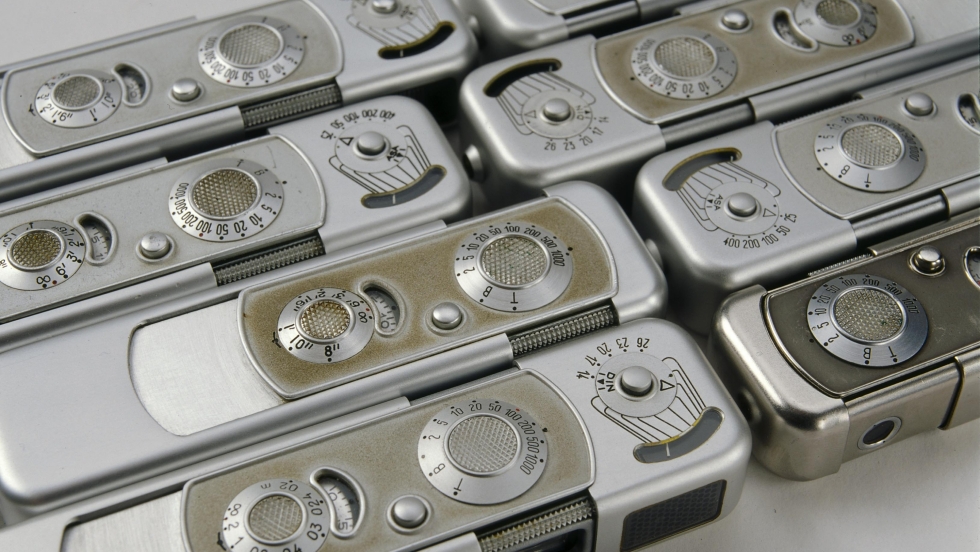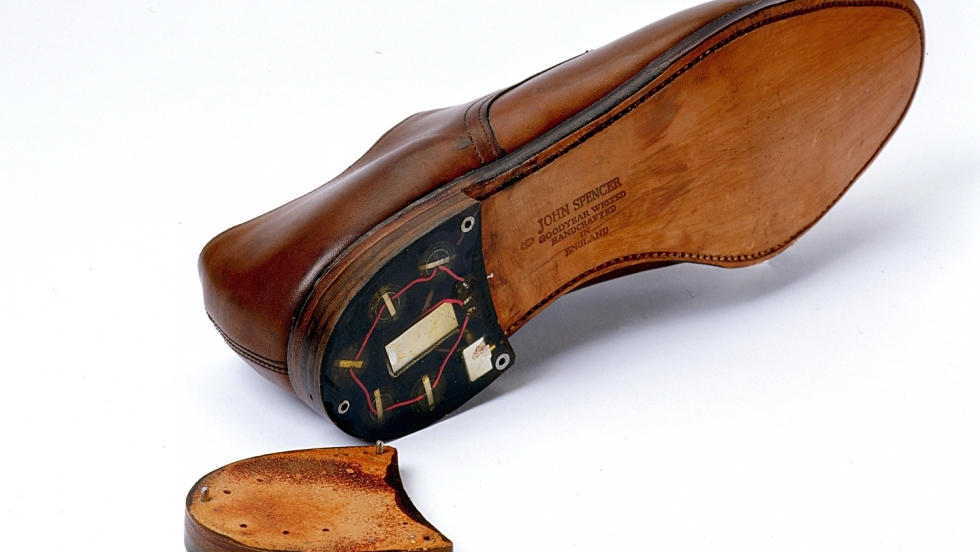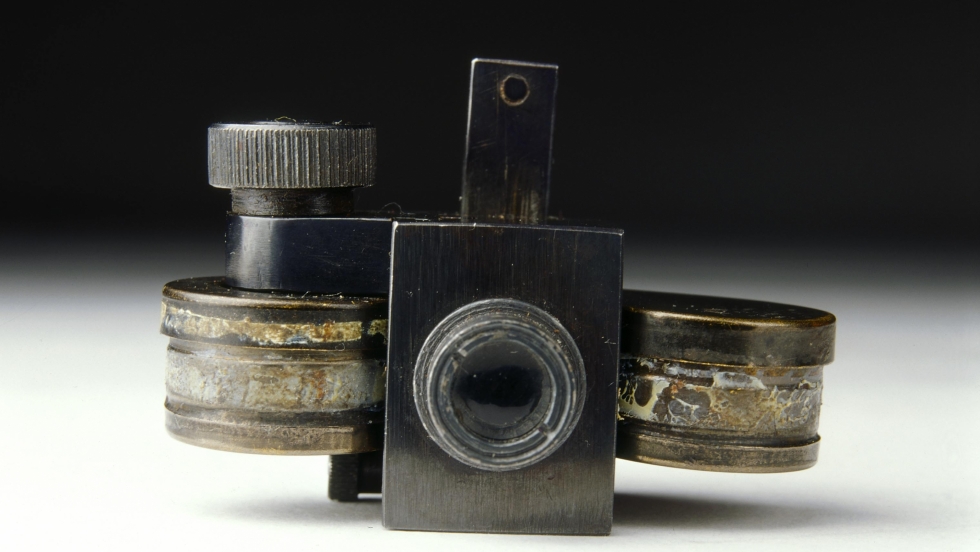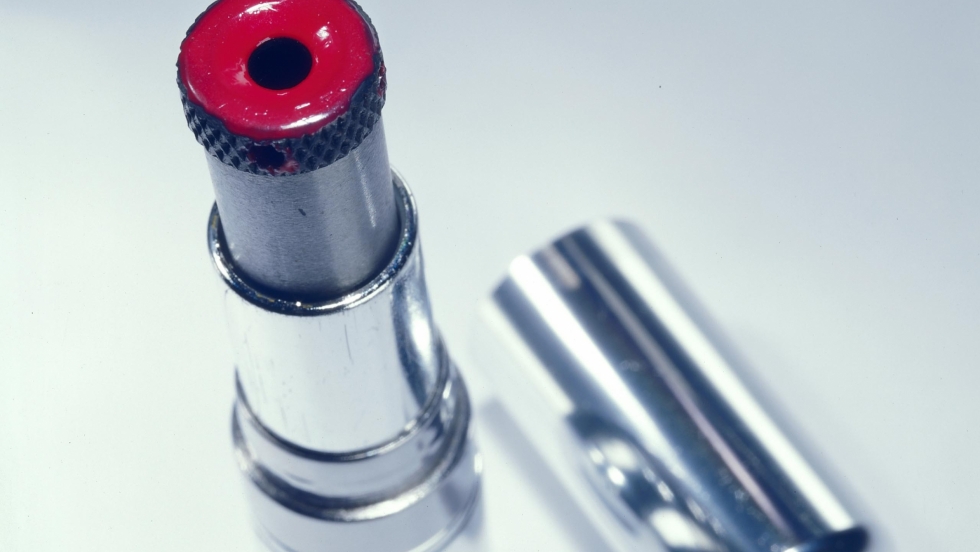Board of Directors
The Museum's Board of Directors includes highly respected professionals from the Intelligence Community, Government, Media, and the business community
General Admission tickets are limited for the weekend. Bond in Motion tickets are available. Advance ticket purchase is highly recommended for future dates.
General Admission tickets are limited for the weekend. Bond in Motion tickets are available. Advance ticket purchase is highly recommended for future dates.
The International Spy Museum (SPY) is an independent nonprofit museum which documents the tradecraft, history, and contemporary role of espionage. It holds the largest collection of international espionage artifacts on public display. The Museum opened in 2002 in the Penn Quarter neighborhood of Washington, DC, and relocated to a new, expanded building with all-new exhibitions at L'Enfant Plaza in 2019.
Every nation considers intelligence essential to its national security. The Museum lifts the veil of secrecy on the hidden world of intelligence, exploring its successes and failures, challenges, and controversies.
The International Spy Museum creates compelling exhibitions and other learning experiences that shed light on the shadow world of espionage and intelligence, educating and challenging each of us to engage critically with the complex world around us.
The Museum aims to provide an objective and apolitical forum for exploring important topics such as the impact of secrecy on civil liberties, the changing role of technology in intelligence work, and the challenges of disinformation in a social media environment.
The Museum's Board of Directors includes highly respected professionals from the Intelligence Community, Government, Media, and the business community
The Museum's Advisory and Honorary Boards includes former top-ranking members of the Intelligence Community and experts in the field
The purpose of SPY’s Teacher Advisory Board is to provide ideas and guidance to SPY’s Youth Education Team as they plan and implement new K-12 initiatives in the coming years. Together, this esteemed group of diverse educators serves as a voice for all educators and is a sounding board for the SPY staff as well.
Learn more about the International Spy Museum's Leadership Team
Adopted in 2023, our five-year strategic vision focuses on five organization-wide goals.
Strong community relationships help guide the Museum’s offerings and inspires diverse programming to local DC metropolitan community
Learn more about open positions at the Spy Museum
We believe diversity, equity, accessibility, and inclusion are integral to who we are and we value the unique contributions, ideas, backgrounds, and cultures that strengthen our SPY Team.
The Museum's contact information.

The Aston Martin DB5 first appeared in the 1964 James Bond thriller Goldfinger. The ultimate spy car not only captured the public’s imagination, but inspired intelligence agencies to incorporate similar features into high security vehicles used in dangerous areas.

For 50 years, the Minox was the essential spy camera. It could take 50 pictures without reloading, and its high resolution lens captured a remarkable amount of detail. John Walker, a U.S. naval officer who ran a KGB spy ring in the 1970s, used a Minox camera to document American military secrets. The camera is still made today, though not as widely used as it was during the Cold War.

1960s-1970s, Romanian Secret Service (Securitate) Secretly obtaining an American diplomat’s shoes, the Romanians outfitted them with a hidden microphone and transmitter, thus enabling them to monitor the conversations of the unsuspecting target.

This tiny, easy to hide microdot camera could photograph documents and produce microdots less than a millimeter in diameter. Reading them required special magnifying viewers.

Hollow coins easily concealed microfilm and microdots. They were opened by inserting a needle into a tiny hole in the front of the coin.

The lipstick pistol, used by KGB operatives during the Cold War, is a 4.5 mm, single shot weapon. It delivered the ultimate “kiss of death.”